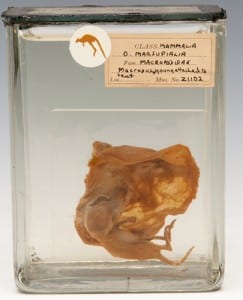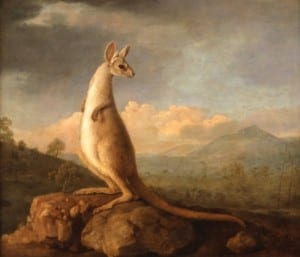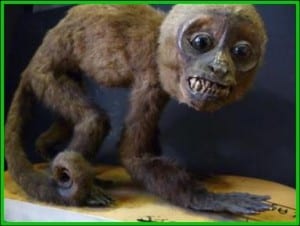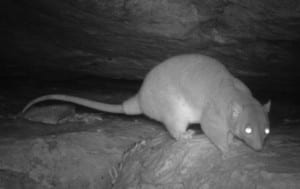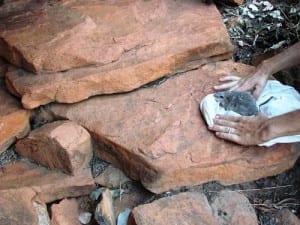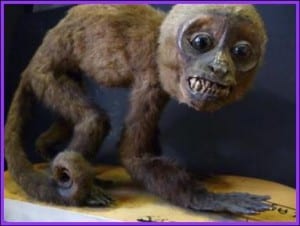Today, in Australia, is National Threatened Species Day, but far more importantly. to Grant Museumers, it’s Thylacine Day. Both of these events commemorate the ludicrously avoidable death of the last known thylacine – modern times’ largest marsupial carnivore – on 7th September 1936. Today, for the first time, I am actually in Australia for 7th September, so in this year’s annual Thylacine Day post I’d like to explore what it is about Australian mammals that makes me go all nerdy – the shear diversity of tiny things, that on the whole people have no idea about. (For more on the thylacine, including why we celebate it so hard at the Grant, look through previous Thylacine Day posts on this blog).
The area of zoology I am most passionate about is Australian mammals, and as a result I spend 8-10 weeks each year over here trapping animals for conservation NGOs and university research programmes. As far as I’m concerned, although there are just 378 mammal species in Australia, it’s the best fauna there is. You only have to go 50km and you might find a whole new set of mammals. Australia has a lot of things going for it, but I will shout you down if you argue that any of them outshine the wildlife and ecosystems. The thing is so few people here, or elsewhere, have ever heard of most of them. Sure, people know that kangaroos and wallabies exist – they are the national icon, but go into any business and ask what kind of wallaby is chewing on its lawn and you’ll probably get a blank response. There are 45 species of Australian kangaroo and wallaby (excluding bettongs and pottoroos). People’s lofts and gardens are pested by possums (nearly always one species – the brushtail), but there are 25 different kinds. Once you get beyond these, koalas, wombats, dingoes, platypuses, echidnas and “bandicoots” (11 species), the rest of the Australian mammalian fauna, I fear, goes largely unloved.
I’m not whinging about the fact that people don’t see tiny mammals and instantly know what it is. I just want to take the time to give them a shout-out.
(more…)
 Close
Close




